Why Condominium Associations Must Obtain Approval Before Work Begins and A Plea To The Florida Legislature For A Remedy
When it comes to material alterations, some might say that homeowner associations have it easy compared to condominium associations. For a homeowners association, because Chapter 720, Florida Statutes is silent on the issue, unless otherwise provided in the governing documents, decisions regarding material alterations are made by the board. But, as to condominium associations, and as their board members should know, §718.113(2), Florida Statutes, requires advance membership approval for material alterations to the common elements and association real property. In this regard, there is no parity between the Condominium Act versus the Homeowners Association Act.
Before explaining further, a reminder of the Florida’s Fourth District Court of Appeal definition of what constitutes a “material alteration” from the seminal case Sterling Village Condominium, Inc. v. Breitenbach, 251 so.2d 685, 4th DCA (1971) is in order. As explained in Sterling, “as applied to buildings the term ‘material alteration or addition’ means to palpably or perceptively vary or change the form, shape, elements or specifications of a building from its original design or plan, or existing condition, in such a manner as to appreciably affect or influence its function, use, or appearance.”
Prior to July 1, 2018, §718.113(2)(a), Florida Statutes, provided that no material alteration or substantial addition can be made to the common elements or association real property without the approval in the manner provided for in the declaration, or if the declaration is silent, then by 75 percent of the total voting interests of the association. As adopted by the 2018 Florida legislature, (effective July, 1, 2018), §718.113(2), Florida Statutes was amended to provide that approval of the material alteration or substantial addition must be obtained before the work commences.
The current language of §718.113(2)(a), Florida Statutes, provides as follows:
Except as otherwise provided in this section, there shall be no material alteration or substantial additions to the common elements or to real property which is association property, except in a manner provided in the declaration as originally recorded or as amended under the procedures provided therein. If the declaration as originally recorded or as amended under the procedures provided therein does not specify the procedure for approval of material alterations or substantial additions, 75 percent of the total voting interests of the association must approve the alterations or additions before the material alterations or substantial additions are commenced. This paragraph is intended to clarify existing law and applies to associations existing on July 1, 2018. [Emphasis added]
Prior to the 2018 amendment, §718.113(2), Florida Statutes, did not expressly provide that the approval must be obtained before the material alteration or substantial addition was commenced. However, in a recent decision by the Third District Court of Appeal, the Court held that approval was required before the material alteration or substantial additions were commenced even before the language of §718.113(2), Florida Statutes, was amended to include the advance approval requirement!
In Bailey v. Shelborne Ocean Beach Hotel Condominium Association, Inc., Nos. 3D17-559, 3D17-01767 (Fla. 3d DCA July 15, 2020), unit owners brought a claim against their association alleging that the association violated §718.113(2), Florida Statutes, by failing to obtain the approval of the membership before commencing a large construction project which, they argued, constituted a material alteration to the common elements. Later, both parties agreed that all but two of the alleged “material alterations” actually constituted necessary maintenance that the association was authorized to commence without a vote of the membership.
The association alleged that the remaining two construction items were also necessary maintenance, which was an allegation the unit owners disputed. The trial court held that the remaining two alleged material alterations were valid notwithstanding whether they were necessary maintenance or material alterations because the association eventually obtained the approval of the membership (presumably after the fact). Therefore, the trial court reasoned it did not need to make a determination as to whether the two items were material alterations since the membership approved them, albeit in a tardy fashion.
On appeal to the Third District Court of Appeal, the unit owners challenged the trial court’s decision arguing that the statute required the association to obtain approval for material alterations before it commenced the work. Therefore, the plaintiff unit owners argued that the membership could not provide their consent and approval posthumously. As the construction project at issue took place between 2010 and 2016, the applicable version of §718.113(2) did not include the express requirement that approval be obtained before material alterations are commenced. However, the Court still held that the portions of a construction project that do not constitute necessary maintenance must be approved prior to commencement.
The court explained that “based on the structure of the statute, the 75 percent approval requirement is a condition necessary to overcome the statute’s clear prohibition, insofar as any of the construction work amounts to material alteration or substantial additions.” However, because the trial court did not rule on whether the two items at issue were material alterations or necessary maintenance, the Court was unable to determine whether a vote of the members was pre-required and remanded the case to the trial court for further proceeding to determine the nature of the two construction items.
Because the Court did not make a final determination whether the two construction items constituted necessary maintenance, the Court did not address the remedy for the association’s failure to obtain the advance approval of the membership. Additionally, the law fails to address the remedy when an association does not obtain membership approval before commencing a project.
In cases of material alterations already completed which required the advance approval of the membership, the present version of §718.113(2), Florida Statutes leaves no room whatsoever for the court to order an association to posthumously acquire the membership vote or put things back the way they were. Rather, the only remedy that appears available to the court would be to restore the common elements to its pre-existing state (or as close as can be accomplished under the circumstances), which explains why a legislative fix to §718.113(2), Florida Statutes, to provide for additional remedy would be helpful.
There is a very important lesson to be gleaned from the Bailey case. If your association is considering a material alteration of any kind, then the association would be wise to attain the required approval before commencing the project to avoid a successful legal challenge. If the association fails to obtain the required approvals before commencement of the project, in the event of a legal challenge, the association may well be required to undo whatever alterations were made to the common elements as Bailey suggests this was the case even before the relevant statute was amended. This can result in significant expense to the association, not to mention having to explain what happened to many irate unit owners.
 Remember, prior to commencing any material alteration or substantial addition, be sure to consult your association’s attorney to ensure you comply with the requirements of the Florida law and your association’s governing documents.
Remember, prior to commencing any material alteration or substantial addition, be sure to consult your association’s attorney to ensure you comply with the requirements of the Florida law and your association’s governing documents.
1200 Park Central Boulevard South, Pompano Beach, FL. Tel: 954.928.0680
9121 North Military Trail, Suite 200, Palm Beach Gardens, FL. Tel: 561.241.4462
1211 N. Westshore Boulevard, Suite 409, Tampa, FL. Tel: 813.375.0731
Tags:
Board of Directors,
Common Area Issues,
Condo and HOA Laws


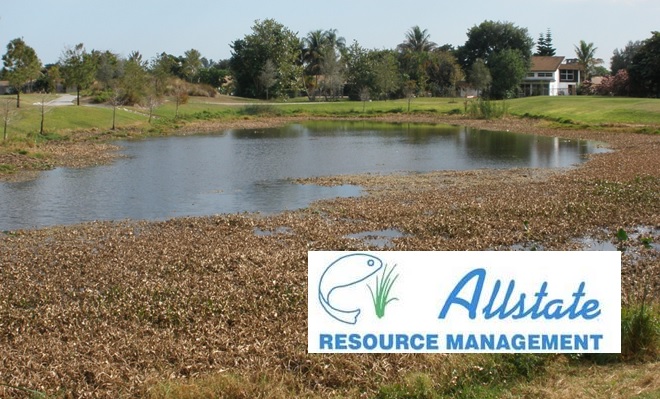
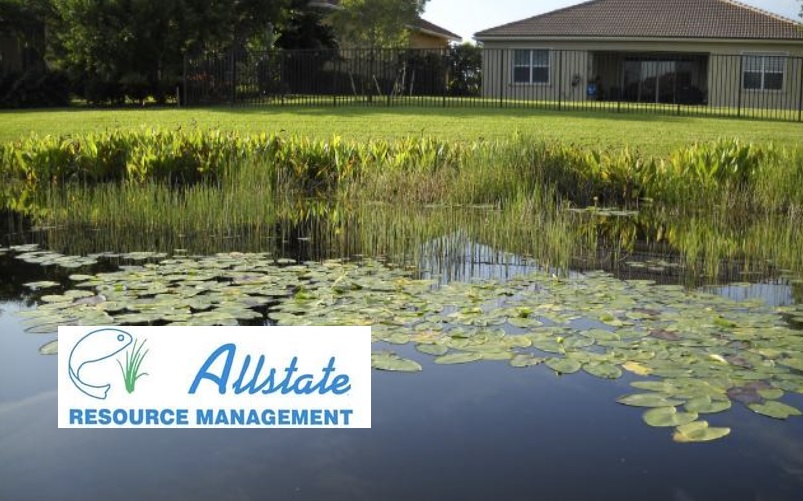

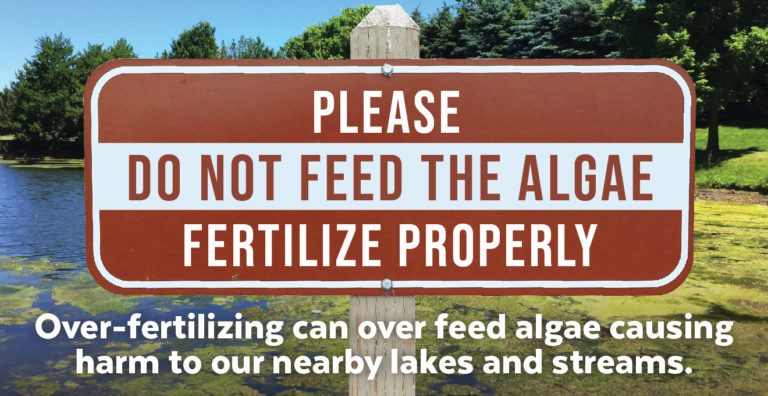


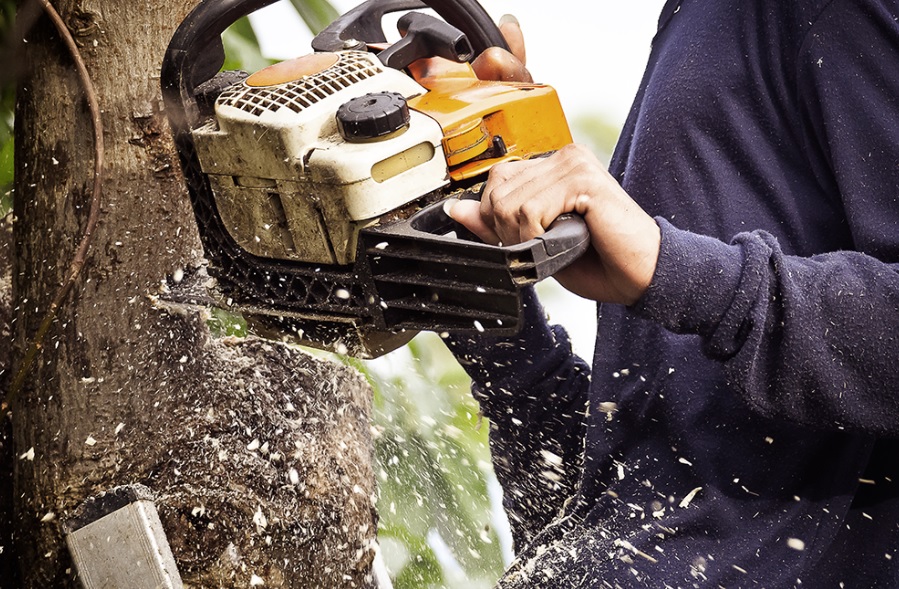

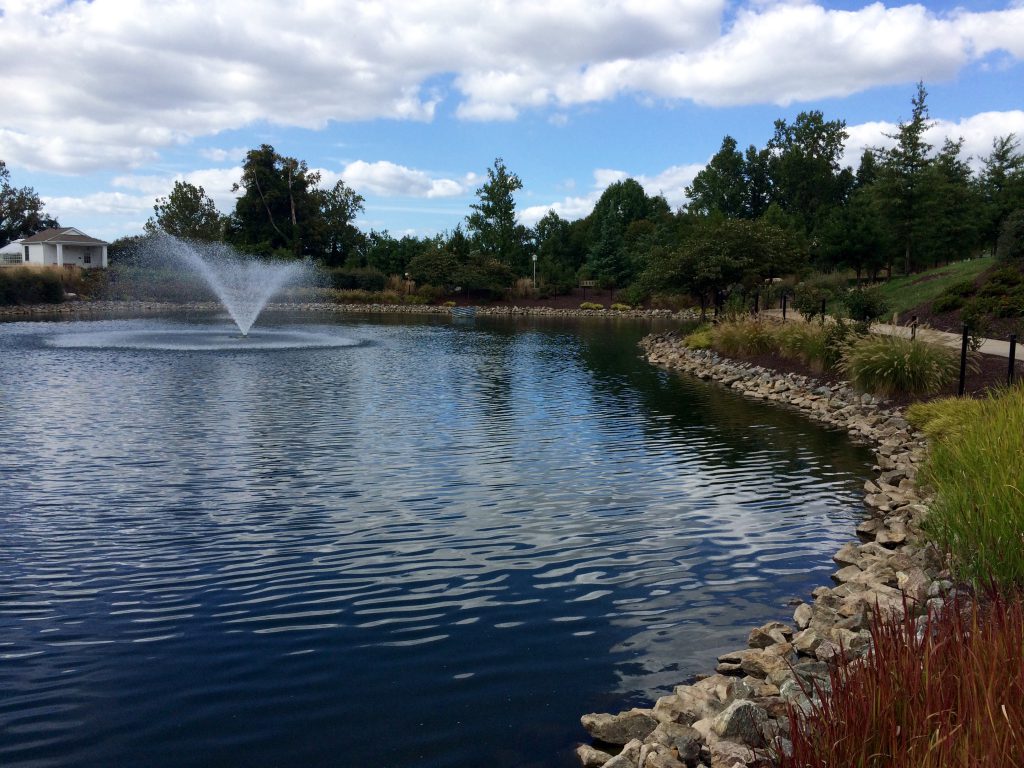

 Remember, prior to commencing any material alteration or substantial addition, be sure to consult your association’s attorney to ensure you comply with the requirements of the Florida law and your association’s governing documents.
Remember, prior to commencing any material alteration or substantial addition, be sure to consult your association’s attorney to ensure you comply with the requirements of the Florida law and your association’s governing documents.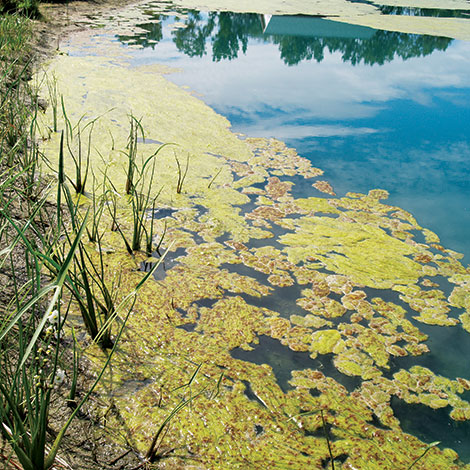


 A stormwater system is a tool for managing the runoff from rainfall. When rainwater lands on rooftops, parking lots, streets, driveways and other surfaces that water cannot penetrate, the runoff flows into grates, swales or ditches located around your property and neighborhood. These grates, swales and ditches carry the runoff into stormwater ponds. A stormwater pond is specifically designed to help prevent flooding and remove pollutants from the water before it can drain into the groundwater or into streams, rivers, lakes, wetlands, or the ocean.
A stormwater system is a tool for managing the runoff from rainfall. When rainwater lands on rooftops, parking lots, streets, driveways and other surfaces that water cannot penetrate, the runoff flows into grates, swales or ditches located around your property and neighborhood. These grates, swales and ditches carry the runoff into stormwater ponds. A stormwater pond is specifically designed to help prevent flooding and remove pollutants from the water before it can drain into the groundwater or into streams, rivers, lakes, wetlands, or the ocean.








 Trent Nelson is an Aquatic Specialist at SOLitude Lake Management, the nation’s leading freshwater management firm specializing in the management of lakes, stormwater ponds, wetlands, and fisheries. Learn more about this topic at
Trent Nelson is an Aquatic Specialist at SOLitude Lake Management, the nation’s leading freshwater management firm specializing in the management of lakes, stormwater ponds, wetlands, and fisheries. Learn more about this topic at 